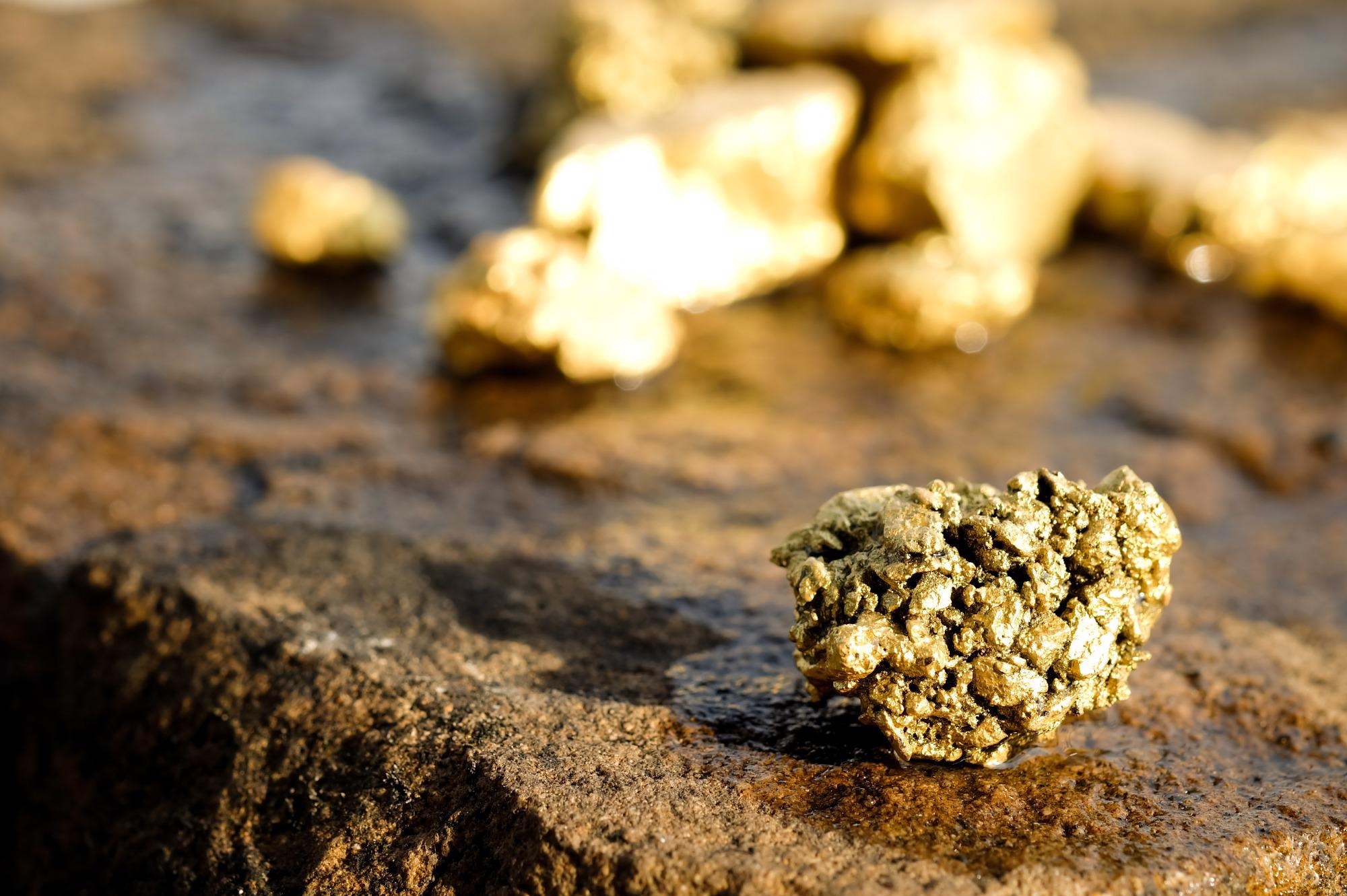First Tellurium receives a five-year exploration work permit from the BC Ministry of Mines and Energy to explore its polymetallic Deer Horn Property in west-central British Columbia.

Image Credit: Shutterstock.com/ Phawat
A polymetallic ore (or polymetal ore) can be defined as an ore that is the source of more than one metal ideal for recovery. The Company hopes to recommence work at Deer Horn in the summer of 2022. The permit will be utilized for drilling and other exploration activities to increase the property’s existing NI 43-101 resource.
As one of the few silver-gold-tellurium properties in the world with an NI 43-101 compliant tellurium resource, Deer Horn signifies an exclusive mineral asset. Exploration to date has defined numerous key mineral zones spanning a 2.4-km (1.5 miles) strike length that remain open for extension in three directions.
The property comprises substantial mineral occurrences of tellurium, gold, copper, silver, zinc and tungsten as well as molybdenum and bismuth. Tellurium, bismuth and tungsten are said to be “Critical Minerals” under the U.S. Geological Survey’s Executive Order 13817 circulated in 2018.
In June of 2018, First Tellurium announced positive outcomes from an autonomous Preliminary Economic Assessment (PEA)* at the Deer Horn Property. The complete PEA was prepared in agreement with National Instrument 43-101 regulations.
Tellurium signifies one of earth’s rarest elements and, together with silver, is an essential constituent in the making of thin-film solar panels. Tellurium is also important for the working of next-generation lithium-tellurium batteries and an extensive range of cutting-edge electronics products, including phase change memory chips.
Tpically produced as a by-product of copper refining, tellurium’s growing demand globally means that new sources have to be established.
In addition to the gold, tellurium and silver acknowledged in the PEA, the most copious metals detected to date are copper and tungsten. Prospecting at Deer Horn in 2012 identified new showings suggestive of a buried copper porphyry system.
Samples taken from this zone offered results as high as 4240 ppm Cu and 6.6 g/t Ag. This promising new copper porphyry adds additional exploration value to the property.
The subsequent phases of exploration are projected to focus on expanding the resources identified in the PEA as well as additional prospecting on the two main copper porphyry targets. This new copper porphyry potential imparts more exploration value to the property.
Following latest financings, First Tellurium’s near-term exploration will concentrate on the Company’s Klondike tellurium-silver-gold property in Sagauche County, Colorado. Earlier exploration at Klondike detected surface and mine dump samples grading up to 3.3% Te (33,000 ppm), 33.7 g/t Au, 364.8 g/t Ag**
*PEA figures were computed using metals prices of US$1,300 per ounce for gold, US$100 per kilogram for tellurium, US$17 per ounce for silver, US$3.00 per pound for copper and US$1.00 per pound for zinc. The PEA is primary in nature. It comprises inferred mineral resources that are said to be very speculative geologically to have the economic considerations applied to them that would allow them to be characterized as mineral reserves, and there is no guarantee that the PEA will be fulfilled.
**Surface samples such as these are too early in nature and not decisive evidence of the probability of a mineral deposit.